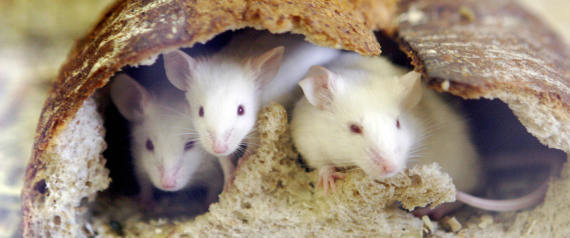You’ve probably eaten mouse poop — and the federal government is just fine with that. It’s also fine with mold, rat hairs and insect legs.
The Food and Drug Administration, you see, has detailed guidelines on how much filth can be found in many of the foods sold in America. The FDA enumerates these guidelines in a document known as the “Defect Levels Handbook.” The introduction to the handbook explains that “it is economically impractical to grow, harvest, or process raw products that are totally free of non-hazardous, naturally occurring, unavoidable defects” — and that these so-called “defects” present no real risk to human health.
The FDA also says that many food companies take measures to ensure that their food actually contains far lower levels of these defects than their regulations require. If a food exceeds these levels, the FDA can label it “adulterated” and ask that it be taken off store shelves.
via Here’s How Much Mouse Poop The FDA Allows In Your Food.





